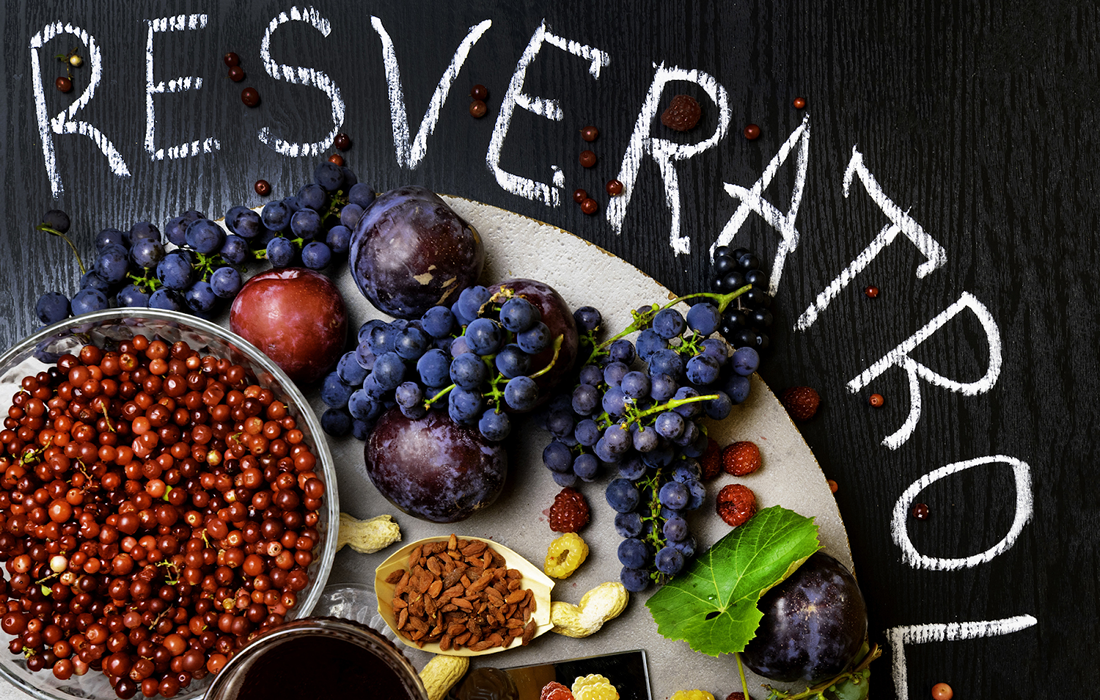Nutrition and Supplements
Resveratrol and its Cardioprotective properties
Resveratrol is a chemical substance present in different sources such as red wine, the skin of the red grapes, blackberries and in lower quantities in peanuts. It has been used to lower cholesterol levels, complementary treatment of cancers and mostly for its cardioprotective properties.
Coronary heart disease (CHD) is a major and preventable cause of morbidity and death in the US and worldwide. Recently, significant research efforts have been directed at an epidemiological phenomenon known as the “French paradox”. This observation refers to the coexistence of high risk factors with unanticipated low incidence of CHD, and is postulated to be associated with low to moderate consumption of red wine.
In vivo studies have shown that red wine intake is more CHD-preventative in comparison to other alcoholic drinks; enhanced cardioprotection may be attributed to grape-derived polyphenols, e.g., resveratrol, in red wine.
The oxidation of LDL Cholesterol is considered a key primary event in the initiation of atherosclerosis. Because resveratrol has antioxidant properties, researchers have tested whether it affected LDL oxidation and found that it significantly inhibited the oxidation process. It has also shown the capacity to inhibit platelet aggregation. Improper regulation or over reactivity of the normal repairing system of platelets can lead to pathological thrombosis, which is involved in Coronary Heart Disease etiology.
Another property of Resveratrol is the suppression of proliferation of smooth muscle cells and pulmonary aortic endothelial cells.
These properties found by researchers provide support for the conclusion that resveratrol acts as a cardioprotective agent by different activities impinging on events that are key in the prevention of atherosclerosis and Coronary Heart Disease.
It would be then easy to say that: “Wine is the answer. What was the question?
Source: Wu JM, Hsieh TC. Resveratrol: a cardioprotective substance. Ann N Y Acad Sci. 2011 Jan;1215:16-21.
Source link: https://nyaspubs.onlinelibrary.wiley.com/doi/10.1111/j.1749-6632.2010.05854.x

